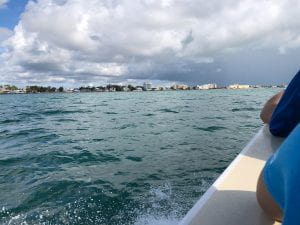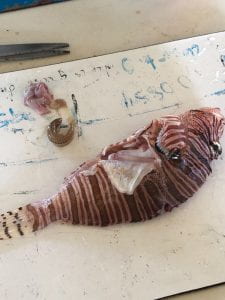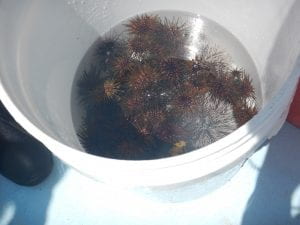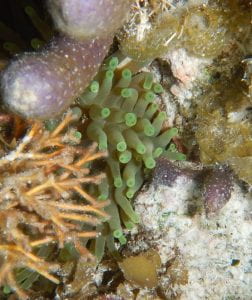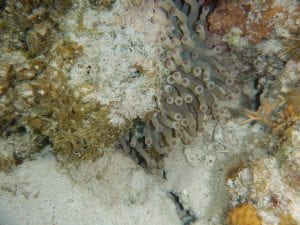It has been an amazing two weeks exploring the tropical rainforest and the reef. One similarity between these two ecosystems are they both have low nutrient conditions, but are able to be so biologically diverse because of efficient cycling loops. For example, the rainforest has nutrient poor soil, but has rapid decomposition, so the nutrients don’t spend much time in the soil. This efficient cycling of nutrients allows many different organisms to survive in the ecosystem. Another similarity between these ecosystems is the many mutualistic relationships that allow organisms to survive in their environment. In the reef, we learned about the microorganisms that live in coral. In the rainforest, we learned about the Acacia ants that live with the Bullhorn Acacia and there are so many more examples.
At this point I can barely remember what I expected from the course. I know I expected to see and learn a lot of new things and I definitely did. I don’t think I expected or realized that I would be able to see so many different and amazing plants and animals. I was so focused on Orthoptera, and non-reef building Anthozoans that I didn’t have many expectations about different organisms I would see. I was blown away by the birds, fungi, frogs, coral, fish, sea urchins, and many others that I got to observe in real life.
My favorite parts of the course were when someone in the group found something cool and everyone would rush other to see. A few examples of this were the reef shark, the octopus from the touch tank, the Morelet’s tree frog, and when Liz caught the Blue morpho. It was fun to be around people who were so excited to see these amazing things and learn from others. It was cool when someone would get excited about something from their taxonomic group like when Kelsey saw the Flamingo Tongue snail because it made me appreciate what I was seeing more. My least favorite parts were picking off ticks and being attacked by sandflies, but it was worth it.
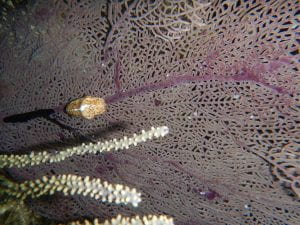
It was interesting to learn about the mutualistic relationships between organisms and see them in action. The most memorable relationship is the Cecropia tree and Azteca ants because my hand was surrounded by the ants when trying to measure leaf toughness. These ants protect the Cecropia tree and in return the ants get a carbohydrate source and a home from the tree.
Learning about marine debris and the basins in the ocean was very important to me. I knew a lot of it already, but actually picking up the trash gave me a concrete experience that changed the way I thought about the negative impact debris can have. It’s just hard to care as much about something when it feels very far away and this experience brought it a lot closer. I saw the fish, hermit crabs, and other organisms that could be directly affected and I saw how such a remote island could still be covered in trash.
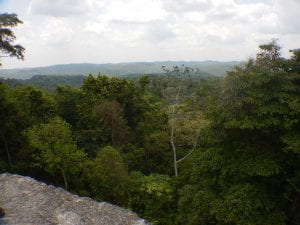
Lastly, it was interesting to learn about the Maya by looking at their structures, pottery, and even skeletons. It is hard to believe that archaeologists can learn about their religion, social structure, economy, and a lot more from these artifacts. One thing that sticks with me is how they built structures on top of existing structures until it was too small to live on because of their religious beliefs. I love being able to see things in person that I have heard about for years in school which I got to do a lot on this trip.
Orthoptera species list
Taeniopoda eques
Tropidacris cristata
Orophus tesselatus
Non-reef-building anthozoan species list
Condylactis Gigantea
Palythoa caribaeorum
Stichodactyla helianthus

